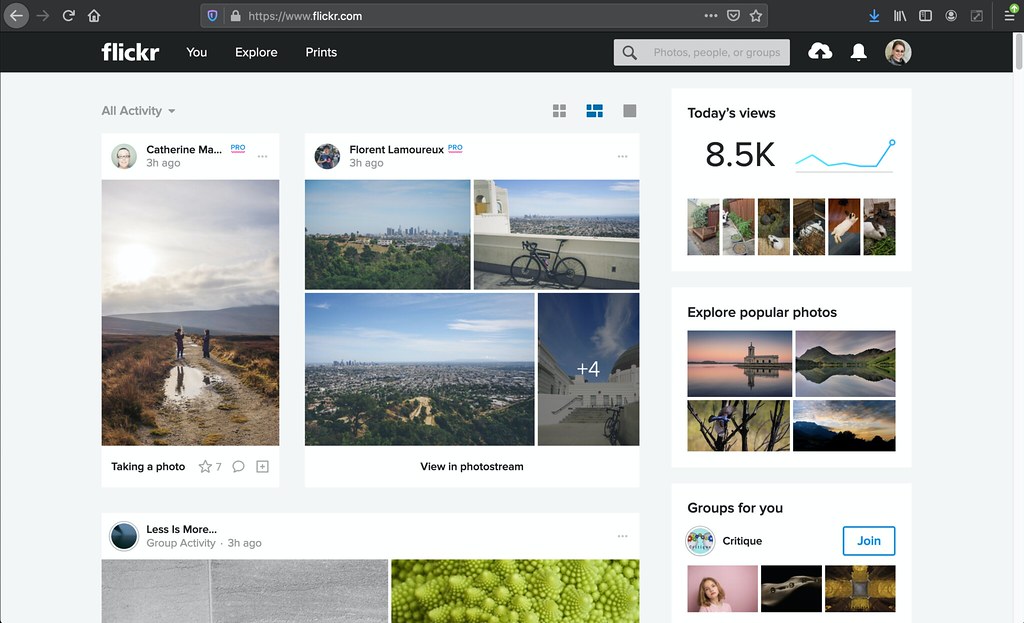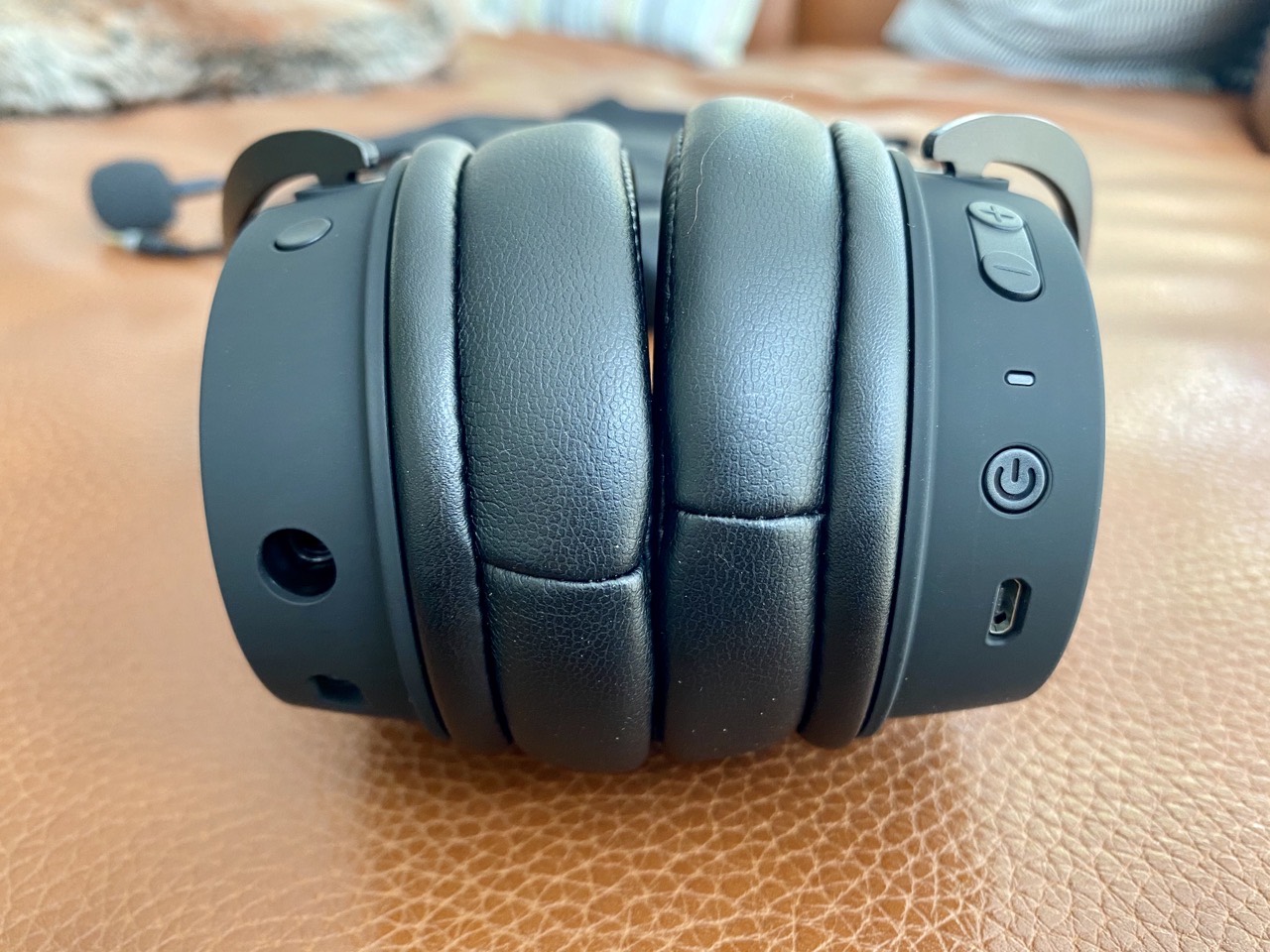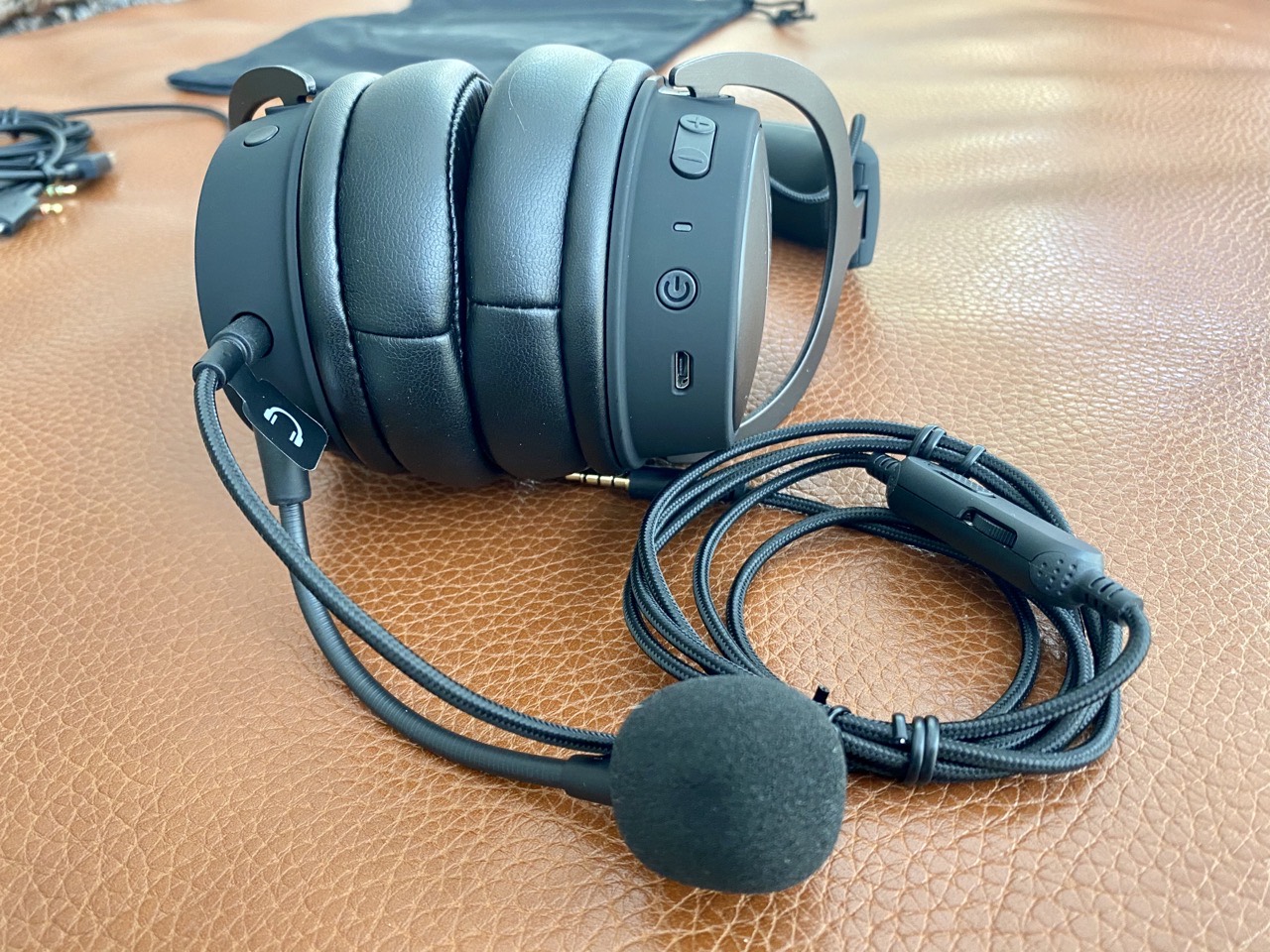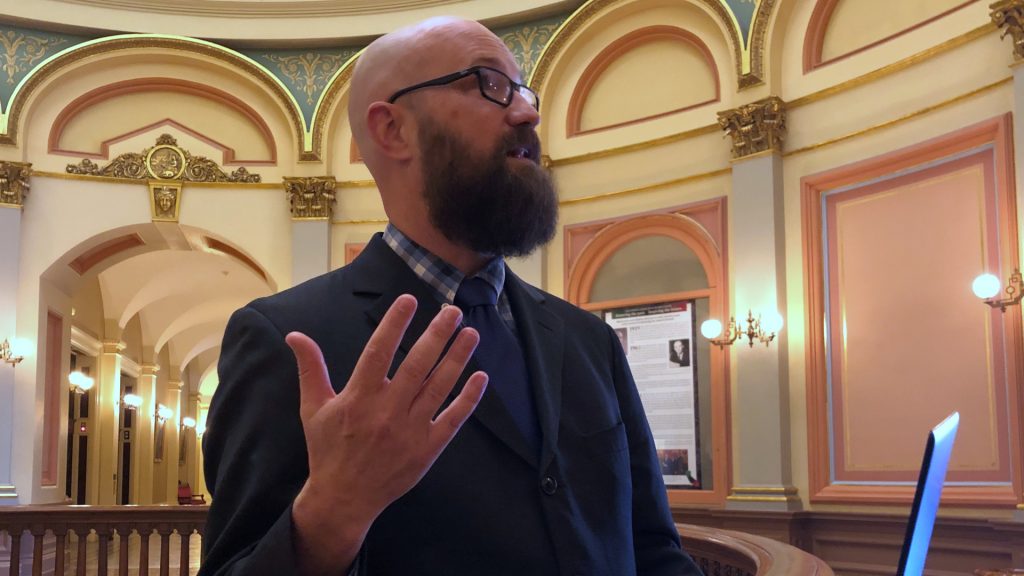As the talks between the UK and the EU limp on – this week, again,
they finished early with little sign of progress - and coronavirus and its consequences continue to dominate the news, the Brexit process has fallen into one of its periodic quiet phases. There are reports of
UK lack of preparedness for the end of transition, and
an EU statement about the many things which, deal or no deal, will change at that point. However, the first isn’t at all surprising and the second isn’t, for the most part, news though it may shock those who haven't been paying attention. On a more amusing note,
Michel Barnier’s reply to Mark Francois’ letter (discussed
in last week’s post) drily pointed out that it had been complaining about things which Boris Johnson had agreed to and which he, Francois, had voted for.
Most likely the quiet phase will continue over the summer. But it was clear from the beginning that Brexit was never going to be simply about a redefinition of the UK-EU relationship and we are starting to see in greater detail just how
profound and complex a geo-political shift is underway (£). Trade is only one issue to be navigated and trade itself cannot readily be separated from international relations more generally.
For example, as Philip Hammond, the former Chancellor, remarked
in an interview this week, with the UK introducing new trade barriers with the EU it becomes increasingly important to improve trade relations with China. Yet
these relations cannot be taken in isolation from political disputes over, currently,
Hong Kong and
Huawei. And the UK’s stance on the latter, in particular, impacts in turn upon relations with the US. Britain is caught in a world of economic and political power blocs, but without belonging to any, in which any course of action regarding one of them has adverse consequences with respect to another.
Britain found a role – and threw it awayThe bigger picture, of course, relates to Britain’s place in the world. Having famously
lost an empire but failed to find a role in the first two post-war decades,
membership of what became the EU led to its finding a role of sorts. With Brexit,
it has been observed that “Britain has lost a role and failed to find an empire”. That role, primarily of being a transatlantic bridge, was not always a comfortable one – the Iraq War being an obvious example – but, in any event, it is a bridge that was burned with Brexit.
It’s important to focus on both ends of that bridge. The impression given by some Brexit Ultras is that after the end of December the EU will simply disappear from view (perhaps one subtext of the current misnomer of an
‘Australia-style deal’ is that they imagine being on the other side of the world from Europe). Global Britain will then focus on its relations with the wider world and cement that with the US in particular. But whether or not there is a UK-EU deal there will still be relationships between the two, and between the UK and individual member states.
Dr Helene von Bismarck, an historian specialising in British international relations,
has written this week about how Anglo-German relations, despite the genuine commitment from both countries to a good future partnership, will face the problem of how to put that commitment into practice. How, she pointedly asks, “can joint interests between a Britain that seeks to be ‘global’ but shies away from any form of institutionalised cooperation with the EU, and a Germany committed firmly to Europe be organized and managed in the future”?
Similar questions will arise for Anglo-French relations, and others. Repairing
relations with Ireland, which have been horribly mangled by Brexit, will pose particularly profound challenges. Managing relations with Spain, especially
as regards Gibraltar will be another complexity. At the core of all this is
the strategic incoherence of Brexit in the context of a regionalised and multi-polar world.
A Biden Presidency?Coming back to the other end of the bridge, the implications of that incoherence are coming into sharper focus as
the possibility grows that Trump will lose the Presidential elections. His much-vaunted support for Brexit has never translated into anything concrete anyway, and if Joe Biden wins then UK-US relations will be transformed. Not so much in terms of any trade deal – it’s likely that any US administration would make similar demands and make use of similar leverage – but because, like Obama, Biden and his team are well-known to regard Brexit as a serious mistake. A mistake for Britain, no doubt, but more particularly a mistake in terms of American interests.
A very thorough discussion of this was provided by
Henry Zeffman in The Times this week (£). Biden is significantly more pro-EU than Trump (not a high bar, admittedly), and has strong links with Ireland. On the other hand, hardly less than Trump, he is likely to regard China with suspicion. More generally, a Biden presidency would represent some return to the US’s ‘normal’ advocacy of the rules-based multilateral order and to that extent might regard Brexit as one of the things which has put that in peril.
But, more importantly, US-UK relations would be governed by unsentimental calculation of interests. And as a foreign policy expert quoted in Zeffman’s article summarises those, “London has become a less valuable geo-political partner as a result of Brexit, which has eroded Britain’s traditional role as a transatlantic bridge”. That isn’t to say that there would not be particular issues where the two countries may find common ground, but it is more likely to be
ad hoc rather than amounting to a coherent – still less a ‘special’ - relationship.
Why seek a ‘global role’ anyway?Of course, there will be many in the UK who think ‘so much the better’. The problem, though, is what should replace it to re-define Britain’s global role. But one might put that a different way. Why should Britain seek a ‘global role’ anyway? Why not accept being a medium-sized power whose global sway is largely in the past, and which has plenty of domestic problems to address rather than seeking to project itself on the world stage?
Here, the nationalism of the Brexit project, and its carry forward in Johnson’s endless rhetoric about
Britain’s ‘world-leading’ or even ‘world-beating’ status in this that and the other is a major barrier to rational thinking. For of course any such national self-appraisal would probably have meant that Brexit would never have happened anyway – plenty of other former colonial powers of various vintages have found EU membership perfectly congenial. Plenty of them, too, don’t experience any conflict between such membership and being a ‘global trading nation’. And France manages to operate as a nuclear power and permanent member of the UN Security Council whilst being a central player in the EU. But the continuing appeal of British exceptionalism mitigated against that, which reflects the fact the present conundrum of post-Brexit Britain’s role has roots which long pre-date 2016.
The Suez Crisis,
no matter how it may have appeared at the time, does not in retrospect seem to have occasioned a profound shift in public (as opposed to official) realization that world powerdom was over; the
Falklands War gave fresh impetus to the idea that Britain could project global military power at will even though,
arguably, it could no longer be repeated (£). In particular,
whilst from the 1970s Britain seemed to have found its post-imperial role via Europe, that was never anchored in a wider public debate about its past, either in terms of Empire or in terms of the ever-present
mythologization of the Second World War. If anything, acting as the ‘transatlantic bridge’ served to
prolong a certain delusion of grandeur, and enabled the historical amnesia
I have written about in a previous post.
Sham patriotismHaving failed to have such a reckoning with the past when it might, perhaps, have been possible, it’s very difficult to see how it can occur in the present, highly partisan, times when it is most needed. The clear power imbalance in the Brexit negotiations – underscored by
Angela Merkel’s recent comments – which has played out since 2017 cannot, in such times, serve as an education. It is invariably dismissed as
punishment or
bullying. Nor can the obvious implications of the way that Ireland has been able to exert such influence because of its EU membership. Consider reactions such as that
“the Irish should really know their place” and the hostility of the Brexit press
to Leo Varadkar. Even Hammond’s straightforwardly factual statements about the realpolitik of Brexit and China brought a
furious denunciation from Brexiters.
So what should be lessons in political, economic and diplomatic reality simply entrench the division between those who understood it all along and those who deny it. That is especially so when news is refracted through a media which is not just partisan but parochial. The way that Brexit Britain is regarded by the wider world –
take India, for example - scarcely registers, even as fantasies about ‘
Global Britain’ and
the Commonwealth are indulged in, often with more than a sense of being “the last gasp of empire”
as Sally Tomlinson and Danny Dorling argue.
Unable to learn such lessons, this week Brexiters hailed Britain’s new independent post-Brexit sanctions policy
as a great “victory”. Yet if the aim of sanctions is to be effective, they will be far more so if undertaken in concert with others. As with Britain’s ‘independent trade policy’, which has little to commend itself economically, the emphasis is entirely on the ‘independence’ – on the symbolism rather than the substance.
Why independence matters, what it achieves, or what it even consists of remain stubbornly ignored. It’s just better to have a ‘British’ policy than a policy, or that policy becomes good policy by virtue of being British. That looks like patriotism but it’s a sham, not because it makes use of symbols but precisely because it lacks any accompanying substance. The
failure of the British rival to the Galileo Project is one obvious example, indicating how hollow a slogan ‘taking back control’ is in a world where interdependence is vital.
Fiddling while home burnsThe bitter irony is that just at the moment that Britain is least well-equipped but most in need of a serious re-appraisal of its place in the world, this sham patriotism neglects the ways in which, domestically, it is falling apart. A favourite Brexiter line is that Britain is “the fifth largest economy in the world”, yet it is bedevilled by a
longstanding productivity growth problem, dramatic
levels of inequality and crumbling public services. A
report from the Sheffield Political Economy Research Institute (SPERI) last year showed how, on a range of measures, Britain is actually ‘undeveloping’.
The current coronavirus has exposed many of these problems to a greater degree, and exacerbated some of them, but it has also,
as Fintan O’Toole argued recently, shown the delusions of Johnson’s Brexity world-beating rhetoric. The issue, again, is symbolism over substance. There is no patriotism in endlessly declaring national superiority whilst daily delivering outcomes that are, as in this case,
so much worse than most other countries.
The break-up of Britain?The strangest irony of all in this is that Britain, largely as a result of Brexit, although again
exacerbated by coronavirus, looks ever more likely to, literally, fall apart. I’m not going to express any opinion on the merits of the case for Scottish independence or Irish unification (any such opinion would be ill-informed and presumptuous on my part, and whatever opinion I might express would probably invite more of a backlash than, even having written about Brexit for years, I could cope with). But it’s been obvious since the Referendum that Brexit would make Scottish independence more likely, and the hard form and
non-consensual way it has been undertaken since has made that even more true. It’s now quite widely seen as
inevitable that there will be another vote, and the
latest polls suggest that, if so, the outcome would be independence.
Equally, Northern Ireland, which also did not vote for Brexit, was always going to be dramatically affected by it. As hard Brexit developed, and given the measures agreed in the Northern Ireland Protocol to accommodate it, what is about to be created is a significant continuation of economic integration and unification within the island of Ireland along with a significant economic barrier between Northern Ireland and Great Britain. That clearly makes the
prospect of political unification much greater and at the very least
puts it on the agenda in a way which wasn’t true prior to Brexit. Even Wales – where a majority voted for Brexit – may be seeing
increased support for independence.
Rethinking Britain?So questions about Britain’s post-Brexit ‘place in the world’ (rather than ‘global role’ per se) need also to be thought about in terms of what Britain itself is. And with no apparent appetite from the Conservative and, cough, Unionist Party to give serious consideration to either issue, there’s a real possibility that they will still be chuntering on about Global Britain when Britain has simply ceased to exist.
I don’t think that all the blame for this lies with the Conservatives, or even simply with politicians. It’s also the case that the, specifically, English public don’t really want to have the kind of debate that is needed. How often do countries ever really do so? Context is crucial. I would suggest the answer is usually only after some sort of cataclysmic event – most obviously war, occupation or the fall of dictatorships. Often, that is only partial and takes a very long time, as in the very different cases of
Austria’s post-war history or
Spain’s post-Franco period. Invariably, it is painful.
Moreover, ‘debate’ is perhaps a misnomer if it implies a formal, organized conversation. That sometimes happens, as with South Africa’s Truth and Reconciliation Commission and
similar initiatives in other countries. But I suppose – I don’t have any expertise in this area - the reality is that countries more usually re-orientate themselves via multiple, connected but not entirely formalised processes. Perhaps the
gradual social liberalisation of Ireland is an instructive example of that.
At all events, there needs to be an impetus and a willingness to do it. Could Brexit provide these? That’s an especially difficult question because Brexit both potentially occasions such a debate but, also, represents an
absolute refusal to engage in one: it has only been about what Britain did not want to be, not, in any practical sense, about what it could or should become, still less about what it has been. On the other hand, any such national debate would, if multi-stranded, be not just about Brexit but other aspects of Britain’s past and
future. The current
increased awareness of the role slavery played in that past could be the beginnings of one example. Discussions of how
an ageing society will shape the future of Britain might be another.
So, yes, perhaps - but perhaps not yet. Awful as it is, Brexit isn’t on a par with war, occupation or dictatorship, and its effects will emerge gradually and be difficult to disentangle from other events. Unless or until those effects become very clear there’s insufficient impetus. And it will probably need the coming to power and the coming of age of a new generation to supply the willingness.
What the UK will look like by then, and whether it even still exists, remains to be seen.

































